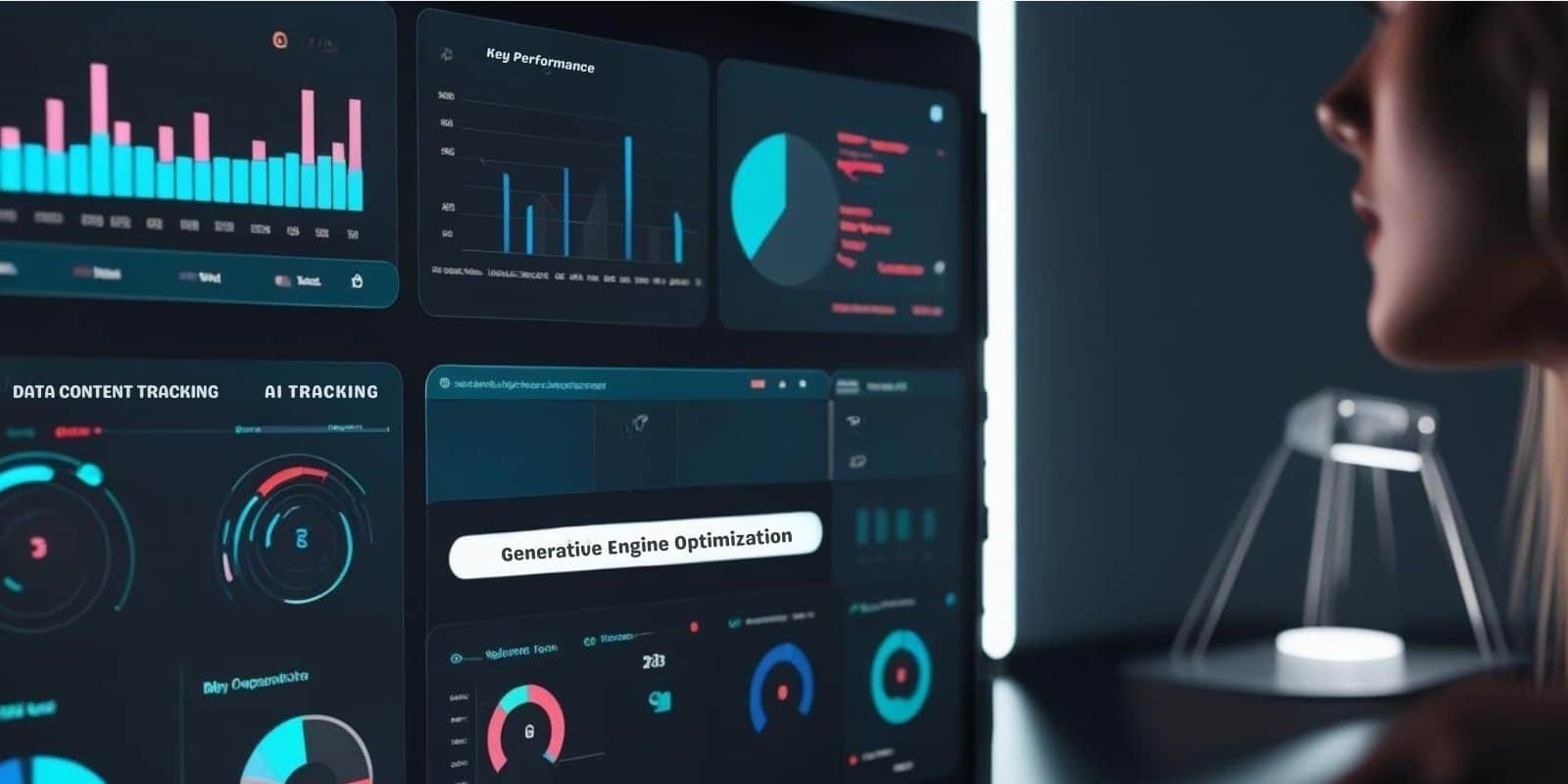Table of contents
The most important points in brief
Prompt engineering for content marketing is the key to using AI tools like ChatGPT specifically for your content goals. Instead of random input, you need strategically thought-out prompts – with clear objectives, format definitions and style guidelines. If you master prompt engineering in content marketing, you not only save time, but also create content that is high-quality, SEO-relevant and AI-overseeable. In this guide, you will learn how to structure prompts correctly, avoid typical mistakes and get your marketing team prompt-ready.
What is prompt engineering - and why is it so important for content marketers?
Prompt engineering refers to the targeted design and optimization of input (prompts) for generative AI models such as ChatGPT or Gemini. The aim is to generate high-quality, controllable and targeted results – e.g. for blog articles, product texts, FAQ answers or SEO snippets.
Why this is crucial for marketers:
- Output quality depends directly on the prompt
- Structured prompts save an enormous amount of time
- Well-planned prompts lead to more consistent content
While simple “prompting” describes spontaneous input, prompt engineering is a deliberate, repeatable process – with method instead of chance.
How is AI changing content creation in concrete terms?
The content world is experiencing a paradigm shift.
- 👉 From: Keyword research → Outline → Manual text creation
- 👉 To: Prompt → AI output → Optimization → Publication
New roles in the team:
- Prompt Curator: develops & tests prompts for various targets
- AI editor: refines and optimizes generated content
- Content strategist: designs prompt structures for target groups & funnels
The advantages are obvious:
- Faster briefings
- Brainstorming in seconds
- better basis for SEO content → this is exactly where Prompt Engineering for Content Marketing comes in.
Download 10 power prompts for better content now ⇒ Start downloading
How does a good prompt work?
A powerful prompt follows a clear structure. The 5-step model has proven its worth:
1. define role
“You are an SEO expert…”
2. name the goal
“… help me write a blog article ….”
3. define format
“… which contains a list of 5 tips …”
4. choose tonality & style
“… in the style of a guidebook for the self-employed, relaxed & competent.”
5. set restrictions
“Max. 600 words, with subheadings as questions.”
📌 Rule: The more precise the prompt, the higher the quality of the output.

Examples of good prompts in content practice
Blog Article Brief:
You are a content marketing expert: Create a blog article briefing on the topic of “Sustainable marketing for small businesses”. Target group: SMEs, tone: inspiring & practical. Structure with H2 questions, text length approx. 100 words.
Product description:
You are a copywriter for an organic online store. Write an emotional product description for a vegan hand cream with a lavender scent. Goal: build trust & increase conversion. Style: natural, clear, no marketing speak.
SEO-Snippet:
Write a concise SEO snippet text for a page on the topic “Fully automatic coffee machines for offices”, max. 155 characters, active, with keyword.
LinkedIn-Post:
You are a marketing coach. Write a LinkedIn post on the topic: “AI-supported copywriting in everyday life”. Goal: Strengthen the community. Tone: collegial, with a question at the end.
SEO prompts for better content
Good prompts can not only generate texts – they can also support your SEO work in a targeted manner.
Prompt: Generate “People Also Ask” questions
You are an SEO editor. Create 10 frequently asked questions (like Google “People Also Ask”) on the topic of “Email marketing for startups”.
Prompt: Check keyword integration
Analyze the following text for keyword density, semantic relevance and snippet suitability. Make recommendations for better SEO performance.
Prompt: Create meta description
Create a click-worthy meta description (max. 150 characters) for an article about “Digitization in SMEs”. Target group: SMEs, style: informative.
Tools such as AIPRM or FlowGPT already offer many of these SEO prompts as templates – individually customizable.
Typical prompting mistakes - and how to avoid them
| Error | Better this way |
| “Write me a text about XY” | → Define goal, role & style |
| No tonality specified | → Prompt: “In the style of HubSpot, relaxed & clear |
| No format specified | → Prompt: “5 tips with intermediate headings” |
Before:
Write about online marketing
After:
You are an online marketing coach. Create a 5-point list with practical tips for solo freelancers. Tone: friendly & professional.
Tools & helpers for effective prompt engineering
- ChatGPT (with memory function): personalized prompt series
- AIPRM: Prompt templates for SEO & content
- FlowGPT / PromptBase: Community trainings & tested prompts
- Notion or Airtable: Prompt database with versioning
- PromptLayer: Prompt testing & performance analysis (API)
Tip: Create a “prompt library” – with tested prompts per format, target & funnel level.
Prompt Engineering & E-E-A-T: Quality despite AI
Even with a good prompt structure, one thing remains clear: AI is no substitute for expertise.
How to stay on track with Google:
- Use prompts only as a starting point
- Add your own experience & perspective
- Label the use of AI transparently
- Incorporate E-E-A-T signals in a targeted manner (author profile, sources, topicality)
Terms we have used in this blog post:
Prompt Engineering for GEO & AI Overviews
Good prompts not only help with writing – they also influence your visibility in generative responses such as:
- Google AI Overviews
- ChatGPT Web Browsing
- Perplexity Answers
Example:
Prompt: “Summarize in 300 characters what Prompt Engineering is. Clear, concise, quotable.”
📌 Tip: Short, structured paragraphs with a clear question-and-answer logic improve the chances of being mentioned in AI overviews.
Read more about this in our guide: ⇒ Understanding & Implementing Generative Engine Optimization
Conclusion: Better content with clever prompts
Prompt engineering is not just hype – it is a key skillset for content marketers. Using prompts strategically saves time, increases quality and boosts visibility – both in traditional SERPs and in AI overviews.
Now it’s your turn:
- Build your own prompt library
- Test, optimize, version
- And bring your team up to prompt level
Are you looking for support for yourself or your team in learning prompt engineering for content marketing?
I can help you – enquire now.
FAQ on prompt engineering for content marketing
The targeted creation of AI inputs to efficiently generate high-quality content.
With role, goal, format, tonality & restriction. Example: “You are a copywriter, target: article for SMEs, loose, approx. 800 words
z.B. AIPRM, PromptLayer, Notion, Airtable, FlowGPT
No – but they can prepare, structure and accelerate them.
Practice, feedback and building a prompt database help enormously.
Apart from that, you can book prompt engineering lessons with us. Ask us about it
- Document prompts centrally
- 2. Define use cases
- Assign roles & goals
- Schedule feedback rounds
- Test & optimize prompt versions


More customers with strong content!
How content marketing takes your business to the next level.
About the author:
My name is Isabel Unger, I am a freelance digital strategist with a clear focus: visibility for the self-employed & small businesses.
My heart beats for SEO, content, structure – and for explaining complex things in a way that makes them understandable and feasible.
On ixtreme.online I share my knowledge, my experience and a lot of plain language – without any technical gobbledygook.







